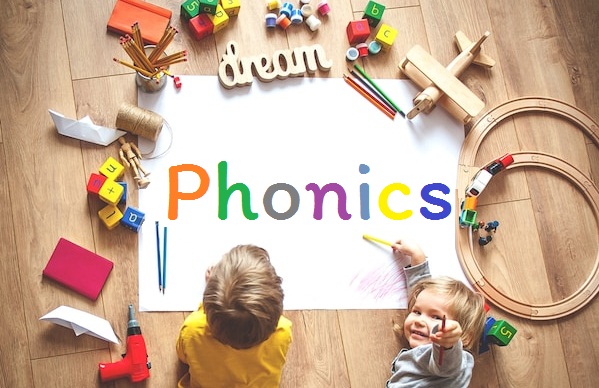Understanding of Phonics

Phonics is a system of teaching child how to read and write an alphabetic language. Examples of languages are English, Russian, and Arabic. The method works on demonstration of the relationship between the sounds and letter. Phonics helps to code and decode language. The codes of our language are phonemes and graphemes. Sound is also called as phonemes and the letters are called as graphemes.
Phonics is taught in following four methods. It is categorized and subcategorized as follows.
A. Systematic phonics
1. Synthetic phonics
2. Analytic phonics
3. Analogy phonics
B. Embedded phonics or Incidental phonics
A. Systematic phonics:
English has a complex system of spelling. It is preferable to teach letter sound correlation in a systematic way. Starting with simple letter-sound and subsequently go to the complex combinations. Commonly used systematic phonics approaches are Synthetic phonics, Analytic phonics, and Analogy phonics.
Systematic phonics has acquired increased acceptance in many parts of the world.
1. Synthetic phonics: This method is also called as blended phonics. The method used to teach child to read by sounding out the letters then blending the sounds to form the word. Being a most direct and structured method, it is also called as Direct Phonics. Synthetic phonics scheme teaches children the alphabetic code of English.
The children are taught the 42 letter sounds, how to blend them to read words, and how to cope with the first few irregular keywords. At this point the children can attempt to read books for themselves. There are five main elements to the teaching
i. Learning the Letter Sounds
ii. Learning Letter Formation
iii. Blending
iv. Identifying Sounds In Words
v. Tricky Words
(Reference to this paragraph: jollylearning.co.uk)
2. Analytic phonics: This is sometimes called as Analytical phonics. In this method, child identifies or analyze common phoneme in a set of words by deconstructing words. The method is also known as Implicit or Integrated Phonics. In this method, educator will present simple words such as cat, rat, mat and children try to identify the phoneme.
As per this method, learners break-down words into common components. For example, ship break-down words into ‘sh’ and ‘ip ‘. In this manner, it is taught to the students learn to analyze letter-sound relationships once the word is identified.
3. Analogy phonics: In this method, children learn the unfamiliar words by analogy to known words. Educator will introduce known words and then analogous (similar) unknown words. This will improve child’s vocabulary. For an instance, the word ‘King’ is known word and educator introduce new word ‘ring’ with the help of the familiar word ‘King’.
B. Embedded phonics or Incidental phonics:
Embedded phonics is also known as Incidental phonics. It is called an incidental because short lessons of phonics are included or explained by teachers when student experience difficulties with words while reading from a book. These types of phonics instruction are provided during whole language programs.
Student learns phonics when the need necessitates while reading the words by children during book reading. In such situations, educator explains the difficult word by decoding it during in-between reading lesson. This approach is unstructured and indirect approach.
There are several commercial phonics programs available for teaching reading in English and Jolly Phonics is one of them.
